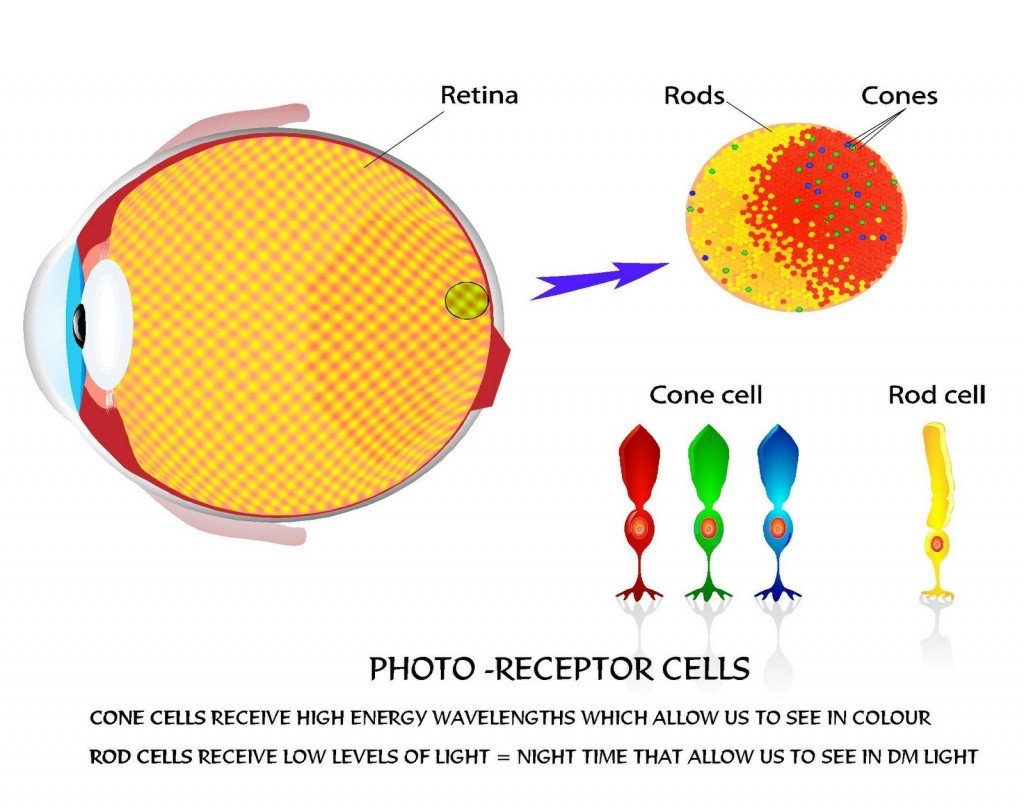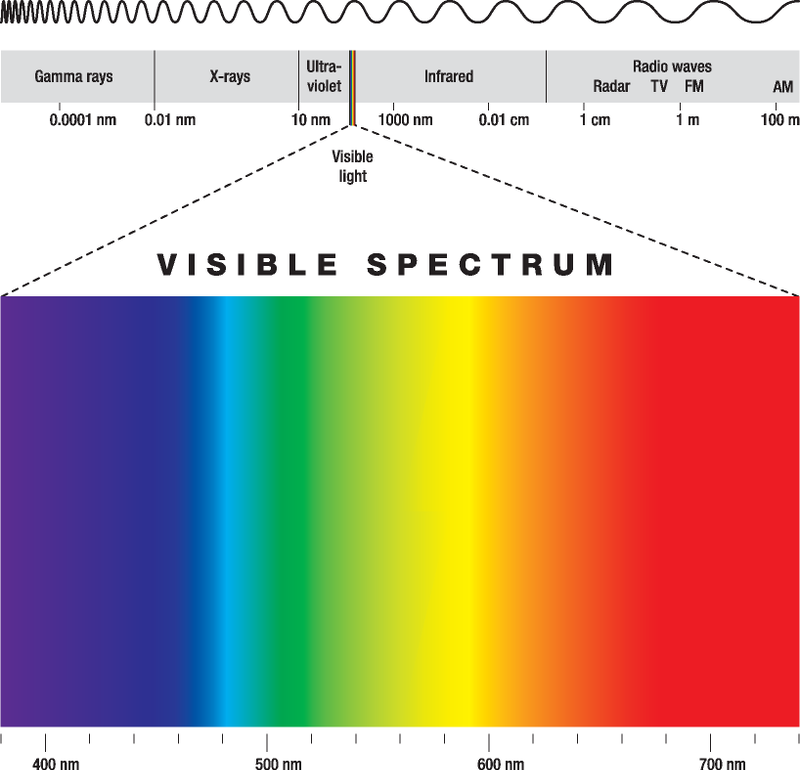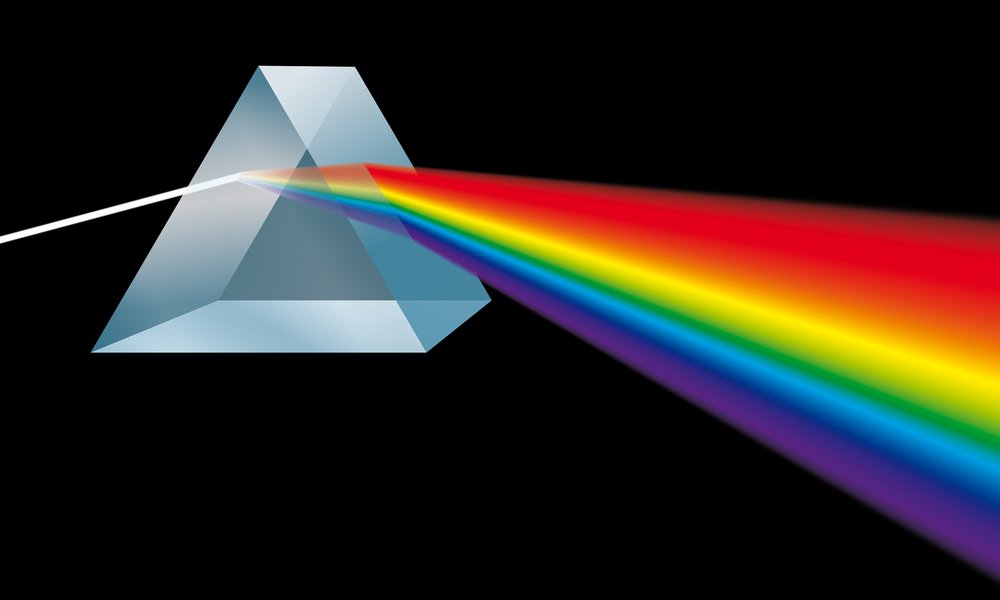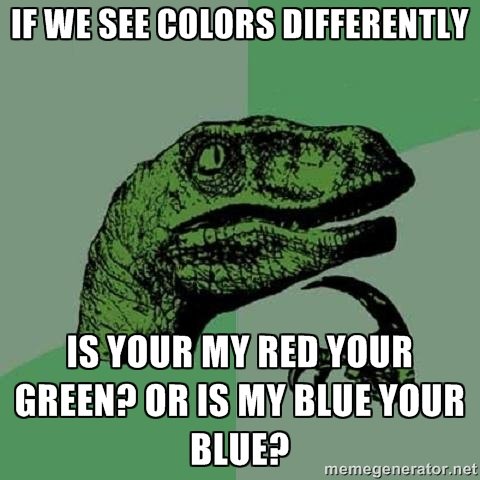Table of Contents (click to expand)
There are three main reasons why we don’t see all the colors in a rainbow. The first reason is that the colors we see in a rainbow are spectral colors, which means that they are also present in the visible spectrum. The second reason is that some colors, like pink and brown, are made when two different colors mix together, and the colors in a rainbow don’t mix together. The third reason is that our eyes can only see a certain range of colors, so some colors, like those in the ultra-violet and infrared regions, are invisible to us.
I spy with my eye, seven rainbow colors in the sky. Why? It’s intriguing, isn’t it? Out of all the colors we can see, only seven of them are present on the rainbow. So where are the rest?
No, no… I’m sure I’m not colorblind. I can see pink, black, purple, and all the other colors around me, but I can’t see those in the rainbow. Could it be possible that there are many more colors present in the rainbow, but our eyes can only distinguish those seven? That is precisely true.
The rainbow has colors that range from the ultra-violet and infrared region as well!! That’s a lot of colors, but we simply can’t see them. Why is that? Well, let’s take a walk back to our school lessons and find out.
Colors Present In A Rainbow
The total number of colors that our eyes can see in a rainbow is 7. The colors are always seen in the same order. These colors are (in the order that we see them from top to bottom):
- Red
- Orange
- Yellow
- Green
- Blue
- Indigo
- Violet
Rods And Cones In Our Eyes
When we walk into a dark room, have you ever noticed that it takes time for our eyes to adjust? How does that happen? This action is due to the presence of rods and cones at the back of our eyes. Rods are sensitive and respond only to the presence or absence of light, whereas cones are all about colors. We have three different types of cones – blue, red, and green.
,
When you look at a banana, your red and green cones fire up and allow you to see the yellow of the banana. Your cones activate depending on what color you see. The proper mixture of cones being fired up allows us to see those colors.
For some colors, one cone might fire up completely, while another only fires partially. When you see the color white, for instance, all three cones will respond.
Some people are colorblind because one or more of their cones don’t work. How will they see the colors of a rainbow then? Well, they’ll just see a smaller set of colors or the colors will be less prominent to them.
Also Read: Why Do Radiologists And Pilots Wear Red Goggles In Bright Light?
Absence Of Colors In The Rainbow
Now we know how eyes perceive colors (the cones in our eyes), but, when I look up at a rainbow, I still don’t see brown, white, black, pink, and many other colors. Why is that?
Well, the colors we see from the rainbow are spectral colors, because these colors are also present in the visible spectrum.

Notice how there’s no pink or brown, or even purple? These colors don’t have their own wavelength. For me to see them, they have to be mixed with colors of different wavelengths. Take pink, for example, which is only made when you mix red and blue wavelengths!
Now, back to the rainbow. Look at where the blue band is and look where the red band is. There is no overlapping of bands, so there is no pink.
Next, consider purple! What is purple made of? Red and blue. As stated above, there is no contact with each other. As for brown, which is a mix of green and red, those bands are similarly not in contact with each other in the rainbow.
Now, I understand why these colors aren’t up there, but what about black and white? That is the particularly interesting and brilliant part of this rainbow color mystery.
White light is the reason why we see the rainbow in the first place. The colors I’m seeing come from this white light.

Furthermore, black is the absence of any color, and we’re talking about a rainbow, so that makes sense, right?
Another interesting fact is that everyone will see slightly different shades of color when we look at the rainbow. It’s how our eyes look at it. Different sets of eyes means different responses to colors.

I never thought that there was so much to colors. There are still plenty of colors that we can’t see in a rainbow, but that doesn’t mean they aren’t there! These other colors are in the ultra-violet and infrared regions, which our eyes cannot naturally detect.
But hey, what we can see is still pretty beautiful, right?
Also Read: How Are Rainbows Formed?
How much do you know about the colors of the rainbow?

